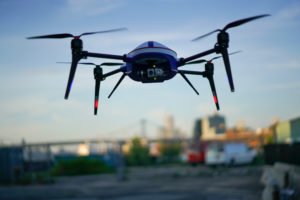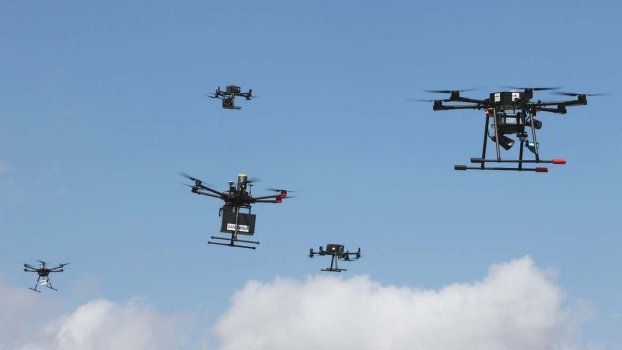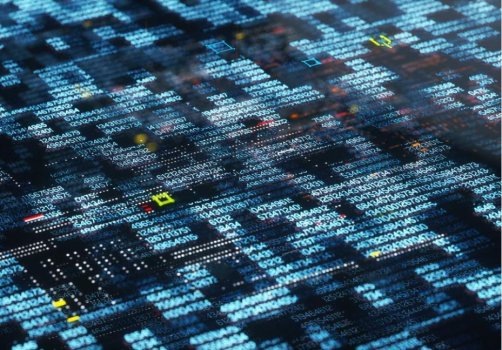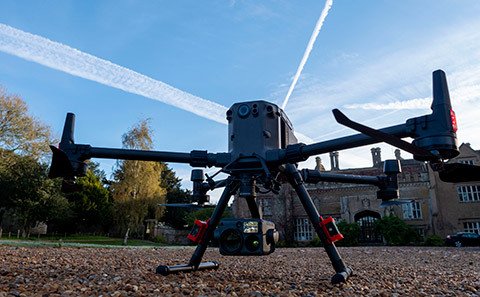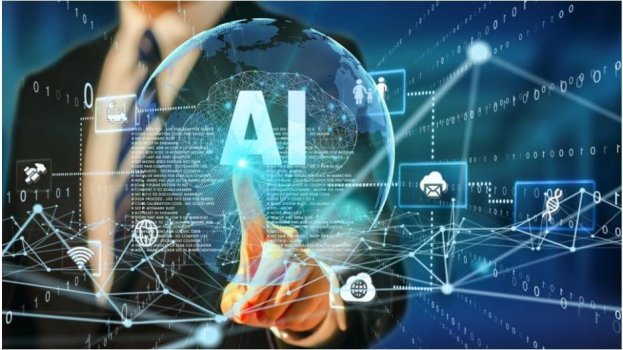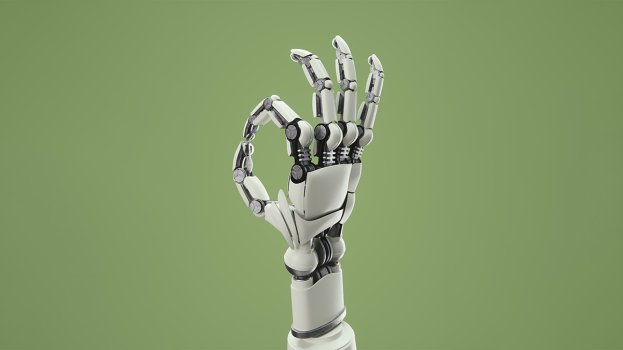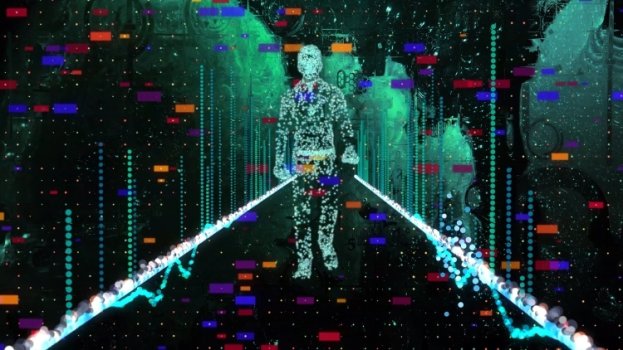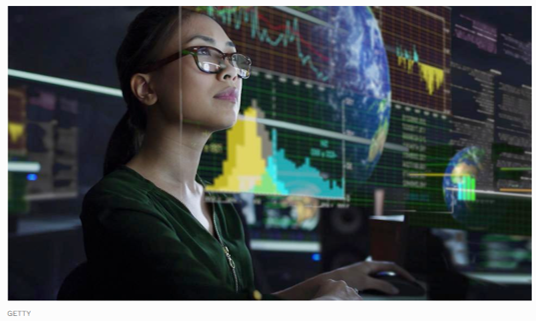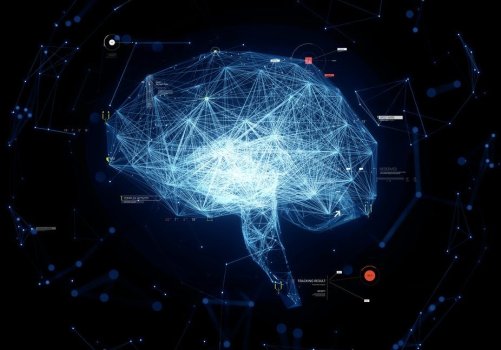Unleash live and Elon Musk’s Starlink: Enabling Remote Drone Flights
- Technology Solutions
- 0 Replies
Unleash live, an Australia-based creator of video data analytics platforms, has teamed up with Elon Musk’s SpaceX Starlink to connect with and navigate drones in real-time via a satellite hookup.
By accessing Starlink’s network of low-earth-orbiting communications satellites, an Unleash live team in the company’s headquarters in Sydney recently was able to control the operation of a drone flying at a remote site on Australia’s east coast about 200 km (124 miles) away. Using the low-latency connection and Unleash live’s Autofly software, the team successfully tested the drone’s ability to implement two real-time artificial intelligence apps: people counting and tracking, and power line fault detection.
Following three months of tests Unleash live released a beta version of the software package to its clients.
The partnership with Musk’s Starlink will greatly expand the ability of drone operators to conduct inspections of energy infrastructure assets, such as electric transmission lines, oil and gas pipelines and windfarms, in remote locations, where 4G and 5G connectivity is unavailable, Unleash live CEO and Co-founder Hanno Blankenstein said in an interview.
“There are two things that this enables: One is to get the data off the drone in high quality and at high speed to an office location or remote expert,” he said.
“The second element that we offer is the ability to interact with the drone in the field,” Hanno said. “We can navigate the drone to better inspect and provide better operational clarity while the drone is in the air.”
With launches conducted by its sister company, SpaceX, Starlink is building a constellation of satellites orbiting above the earth to provide Internet connectivity around the globe. As of August, the company had placed about 1,600 satellites into orbit, with plans to operate a total of 42,000.
“There’s a live map on the Internet where you can see satellite coverage across the world. Roughly 30% to 40% of the world is covered with high-bandwidth, low-latency broadband,” Blankenstein said. Musk’s company plans to extend that coverage to between 99% and 100% of the globe within the next year.
Continue reading: https://dronelife.com/2021/12/08/unleash-live-and-elon-musks-starlink-enabling-remote-drone-flights/
By accessing Starlink’s network of low-earth-orbiting communications satellites, an Unleash live team in the company’s headquarters in Sydney recently was able to control the operation of a drone flying at a remote site on Australia’s east coast about 200 km (124 miles) away. Using the low-latency connection and Unleash live’s Autofly software, the team successfully tested the drone’s ability to implement two real-time artificial intelligence apps: people counting and tracking, and power line fault detection.
Following three months of tests Unleash live released a beta version of the software package to its clients.
The partnership with Musk’s Starlink will greatly expand the ability of drone operators to conduct inspections of energy infrastructure assets, such as electric transmission lines, oil and gas pipelines and windfarms, in remote locations, where 4G and 5G connectivity is unavailable, Unleash live CEO and Co-founder Hanno Blankenstein said in an interview.
“There are two things that this enables: One is to get the data off the drone in high quality and at high speed to an office location or remote expert,” he said.
“The second element that we offer is the ability to interact with the drone in the field,” Hanno said. “We can navigate the drone to better inspect and provide better operational clarity while the drone is in the air.”
With launches conducted by its sister company, SpaceX, Starlink is building a constellation of satellites orbiting above the earth to provide Internet connectivity around the globe. As of August, the company had placed about 1,600 satellites into orbit, with plans to operate a total of 42,000.
“There’s a live map on the Internet where you can see satellite coverage across the world. Roughly 30% to 40% of the world is covered with high-bandwidth, low-latency broadband,” Blankenstein said. Musk’s company plans to extend that coverage to between 99% and 100% of the globe within the next year.
Continue reading: https://dronelife.com/2021/12/08/unleash-live-and-elon-musks-starlink-enabling-remote-drone-flights/



